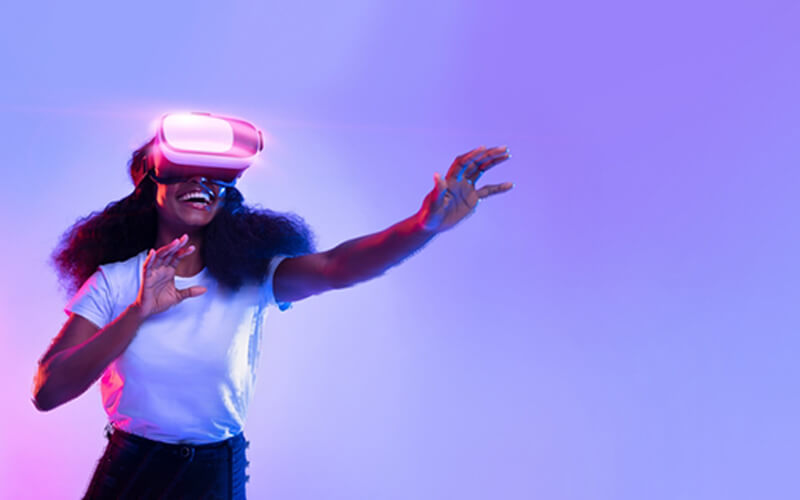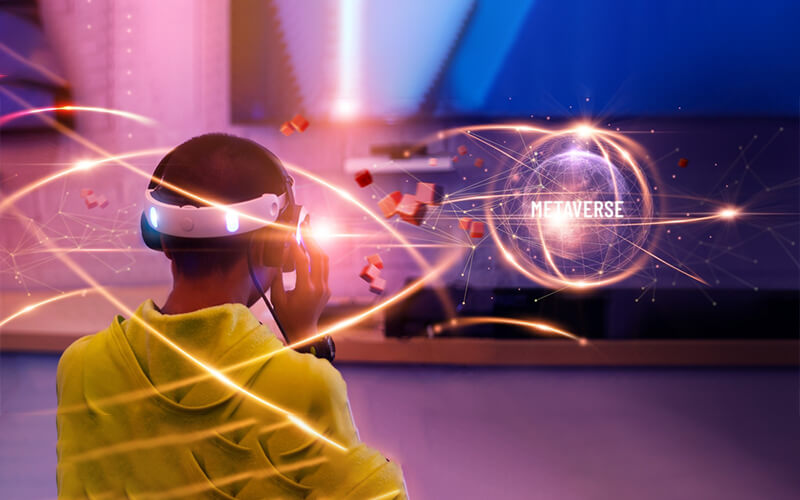Imagine being able to travel to any corner of the world from the comfort of your own home, or seeing how a new piece of furniture looks in your living room before making a purchase decision. Sounds like something out of a science fiction movie, doesn’t it? Yet, it’s happening today, thanks to two revolutionary technologies: Augmented Reality (AR) and Virtual Reality (VR). But what exactly are these technologies? Let’s dive in and explore.
Augmented Reality, as the name suggests, augments or adds to our reality. In simple terms, AR overlays digital information onto the real world. Remember the Pokemon Go craze, where players roamed around their neighborhood to catch virtual creatures that appeared on their phone screens? That’s AR in action. But it’s not all fun and games. AR has more practical uses too. For instance, interior design apps let users visualize how furniture would look in their home, and medical students can practice complex procedures on virtual patients.
On the other hand, Virtual Reality completely immerses you in a different world, a virtual world. It requires a VR headset that transports you to a simulated environment and makes you feel as if you are actually there. This could mean exploring the moon, diving deep into the ocean, or fighting zombies in a post-apocalyptic world, all from the safety and comfort of your couch. VR is also used for more serious purposes, like training pilots, simulating surgical procedures for medical students, or providing a virtual tour of a real estate property.
It’s important to understand that AR and VR are not just about entertainment; they hold enormous potential to change how we learn, work, and interact. Education can be revolutionized as students can take virtual field trips to historical sites or inside the human body. Workers can collaborate in a shared virtual space, irrespective of their geographical location. Shopping can become a more interactive experience as customers ‘try on’ clothes virtually before buying.
However, like all technologies, AR and VR come with challenges. From the need for expensive, sometimes clunky hardware to the potential for causing disorientation or ‘motion sickness’ in users, there are hurdles to overcome. The ‘digital divide’ – the gulf between those who have ready access to computers and the internet, and those who do not, can also exacerbate social inequalities.
In addition, ethical considerations cannot be overlooked. Issues like invasion of privacy, data security, and the potential for increased isolation need to be addressed as AR and VR continue to infiltrate our lives.
The world of AR and VR is fascinating, promising a future where the lines between the physical and digital blur. As we navigate this emerging landscape, it is crucial that we do so responsibly, ensuring that these technologies are used to enhance human life, not detract from it. The journey of AR and VR is just beginning, and we’re in for an exciting ride. Buckle up!



